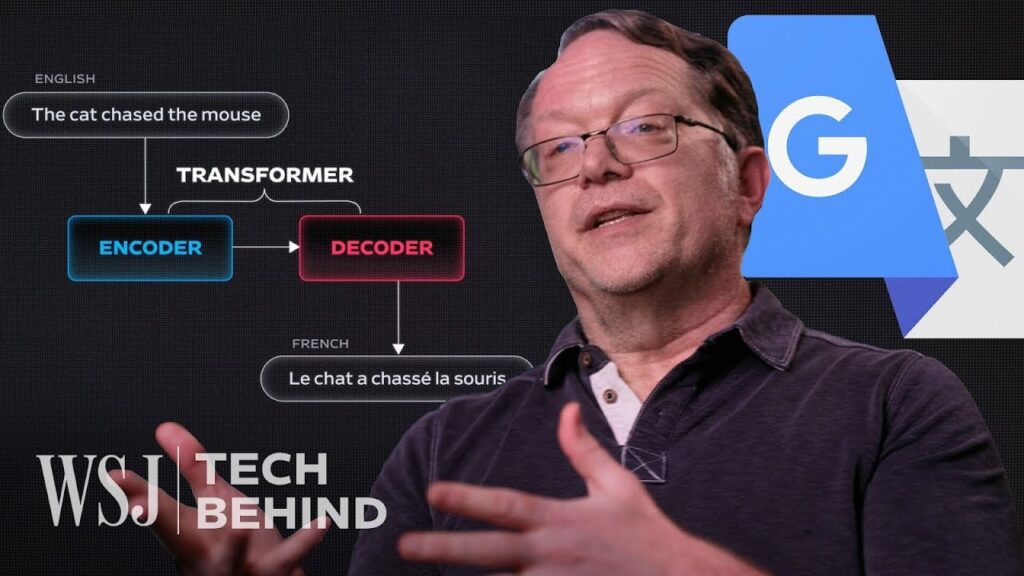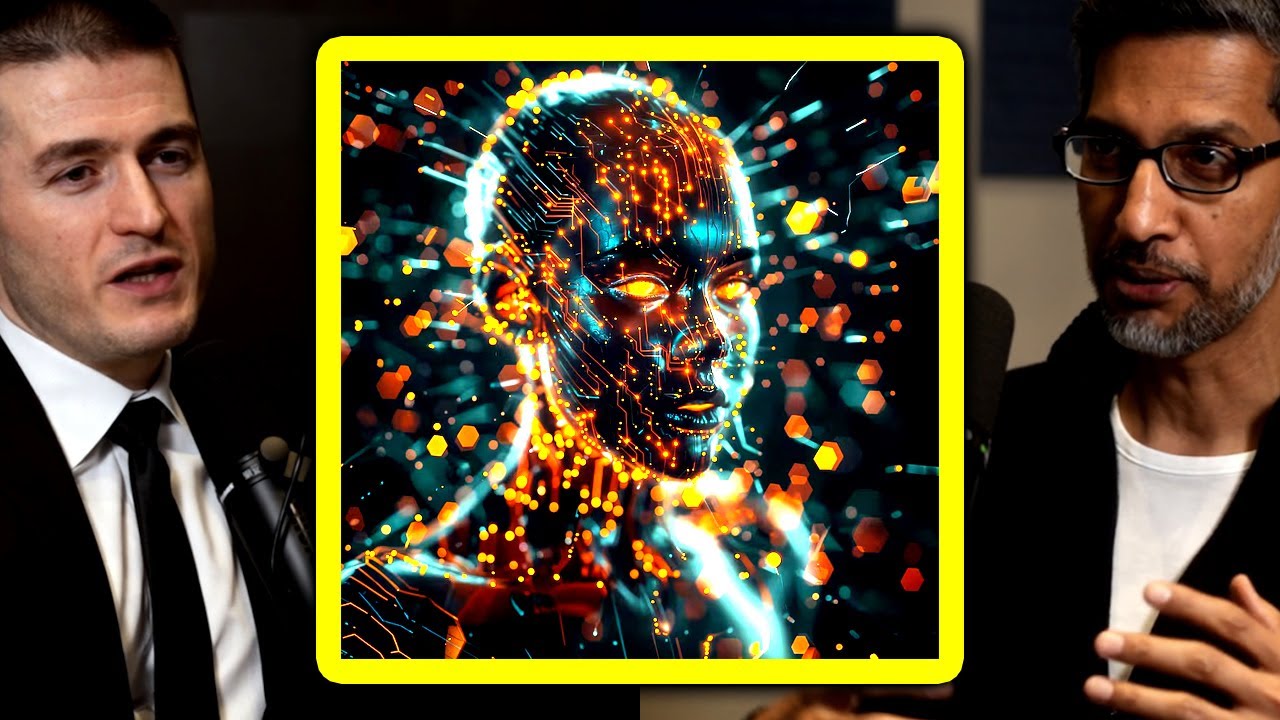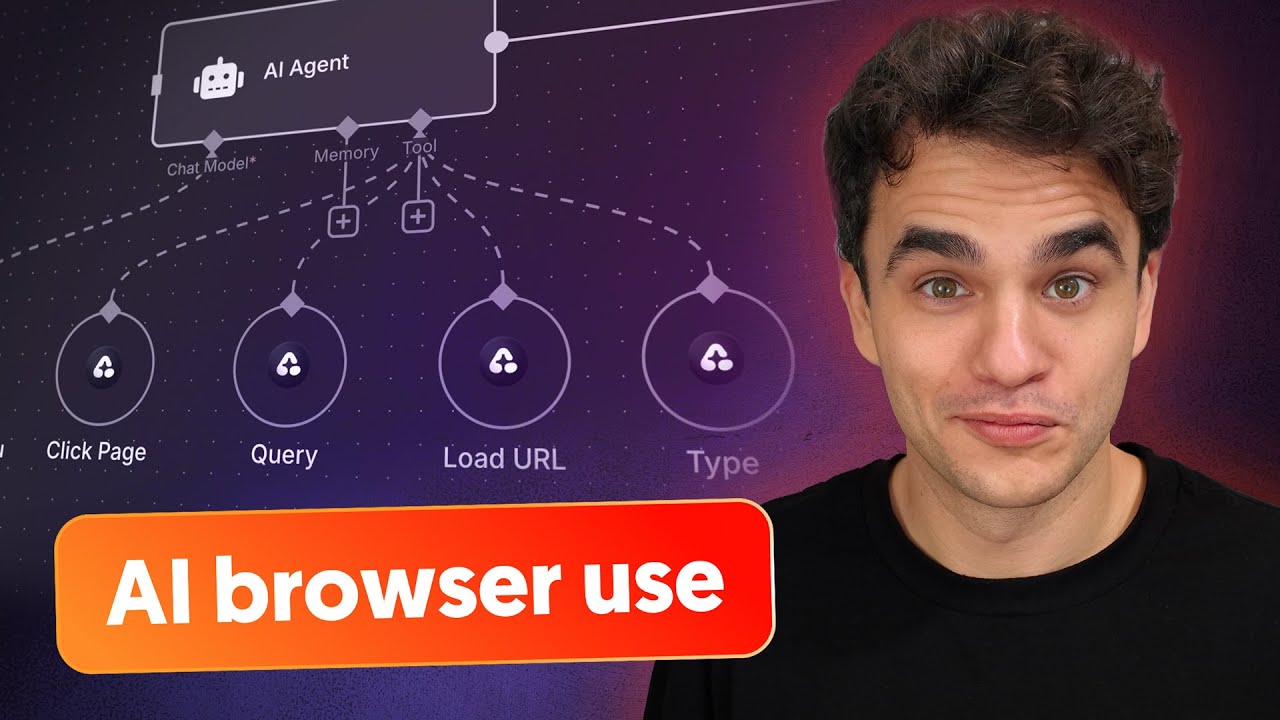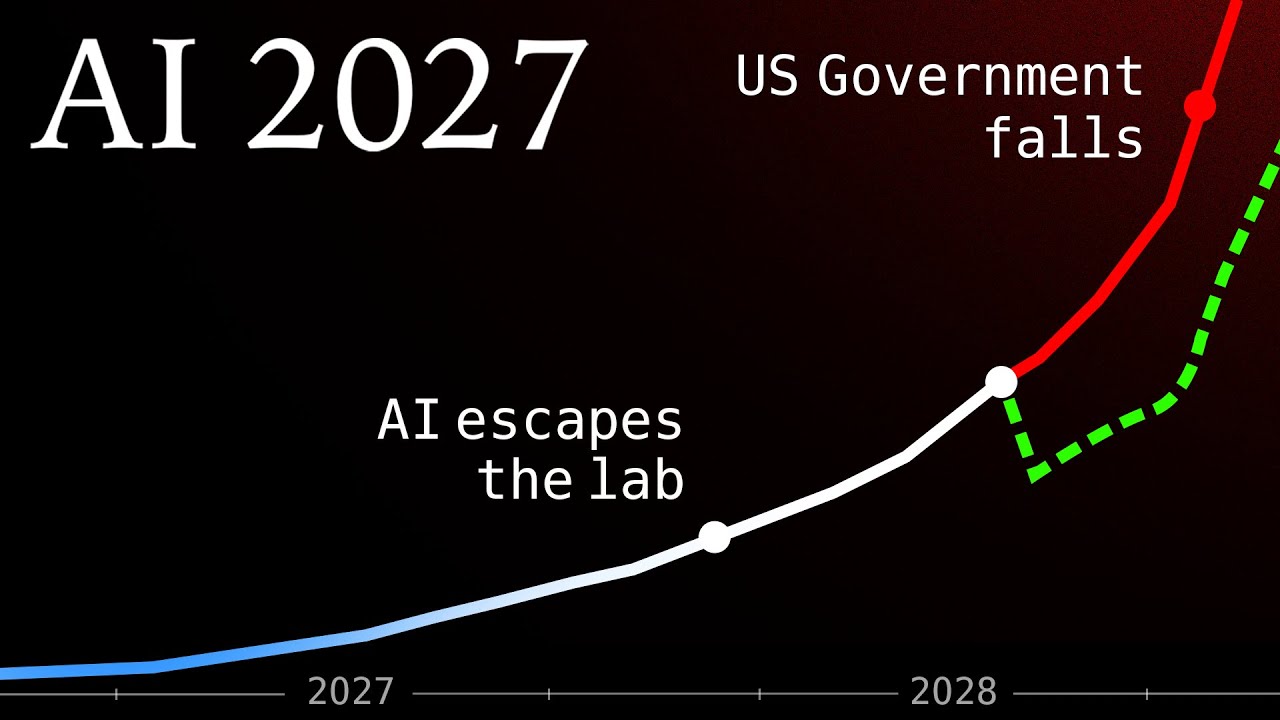Paul’s Perspective:
By understanding the mechanics behind Google’s translation technology, businesses can appreciate the potential of AI and machine learning in solving complex language barriers, leading to more inclusive global communication.
Key Points in Video:
- Google’s Transformer model is the core technology behind the translations.
- It uses optical character recognition (OCR) for instant translation via cameras.
- This technology has vastly improved real-time translation capabilities.
- The system continuously learns from user inputs and corrections.
Strategic Actions:
- Understand the history and evolution of Google Translate.
- Learn about the neural networks driving the translation algorithms.
- Explore the integration of optical character recognition for camera translations.
- Recognize the applications of augmented reality in translation.
- See how continuous learning enhances translation accuracy.
The Bottom Line:
- Google Translate employs advanced neural networks to translate 134 languages efficiently.
- With camera integration, it can translate real-time environmental text without typing.
Dive deeper > Source Video:
Ready to Explore More?
Our team can help you leverage similar AI technologies to improve your business operations. Let’s collaborate to harness these innovations for your company’s growth.





